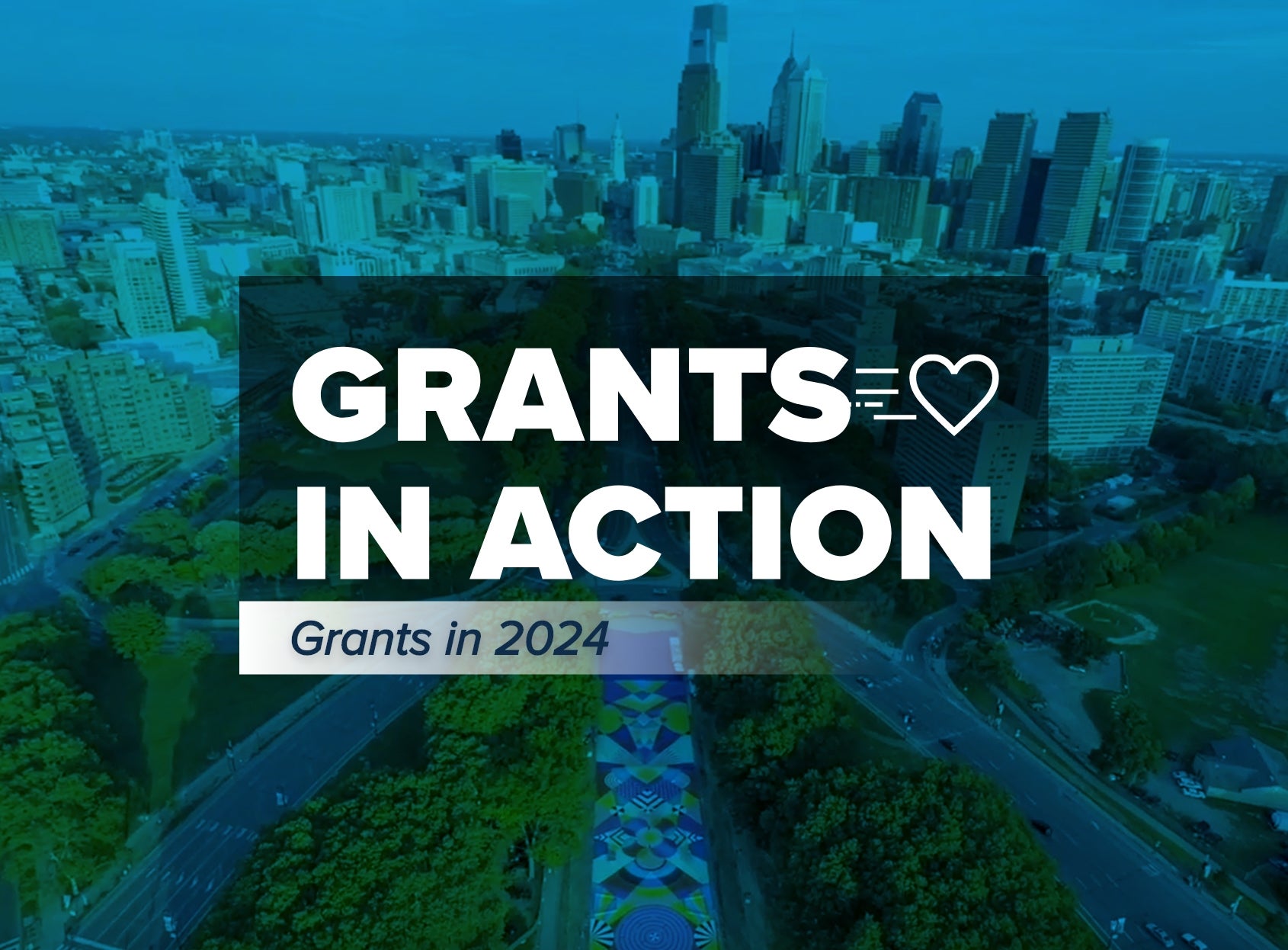DAF Donors Showed Us Who They Were in 2020

Originally published on Candid.
Grantmaking from donor-advised funds (DAFs) is up—and it’s up enormously. At NPT, our grant dollars have doubled since last year. Other DAF sponsors reported a similar pattern. What is it about DAFs donors that makes them respond so robustly? Is this pattern of giving sustainable? Here are three important lessons we’ve learned about DAF donors this year and why they should matter to nonprofits:
1. DAF donors mobilize quickly. Americans have always had a giving impulse; they want to help in the face of challenges, like natural disasters, community challenges and neighbors in need. Giving in 2020 was marked with a different kind of urgency. It has been the most widespread and sustained form of “disaster giving” I’ve witnessed in more than four decades working in philanthropy.
In my own experience, the first COVID-specific grant recommendation at NPT came in early March. Within days there were dozens more and after a few weeks we’d sent out millions of dollars in grant checks. The ability to recommend grants quickly has made an enormous difference in our donors’ philanthropic response and their willingness to support more causes than ever before.
Why it matters to charities in 2021: Swift and impactful grantmaking is certainly a credit to our donors’ generosity, but it’s also a testament to the organizations that are effectively communicating and addressing critical community needs. Anecdotally, we know that donors respond to appeals that help meet a specific need—the more hyper-local or hyper-targeted, the more donors understand the impact their support has.
During the onset of COVID-19, we saw unrestricted grants flowing to pandemic emergency funds at community foundations, hospitals and research institutions. Those organizations were communicating specific needs: helping out of work hospitality workers in the community, providing childcare for nurses, funding treatment and prevention research. The summer surge of grants in response to calls for social justice mirrored the same, whether it was bail funds at established organizations already in social equity work or racial literacy programs in schools. Organizations—large and small—continue to communicate what they need, along with a preview of the impact it would yield, attracting charitable dollars and earning donors’ trust.
2. DAF donors are committed to the long-term viability of nonprofits. DAF donors are committed philanthropists. We see this in the grants they recommend. In the aggregate, DAF grant dollars have increased nearly 100% in the last five years. We also see it in the payout rate from DAFs. Grant payout, which is a function of how much donors grant from their DAFs relative to total assets, has been above 20% for the last 15+ years. This means DAF donors give generously and consistently—across economic cycles, election cycles, and in the face of great challenges.
This was true in 2008 when charitable giving writ large dropped but DAF grantmaking increased, and we are seeing it again today. Other signals of long-term commitment? More donors than ever plan recurring grants, a regular grant (whether monthly, quarterly or annually) to their favorite organizations. Over 15% of grants from NPT this year were part of a recurring grant structure, a 34% increase from the prior year. Recurring grants are sustainable and predictable ways to support nonprofits for the long-term. Donors are making unrestricted grants more than ever too. The number of unrestricted grants that NPT made was up 56% this year and the dollar value was up a whopping 254%. These significant increases reflect elements of “trust-based philanthropy” where donors understand that charities know their constituents and causes, and how best to meet their immediate needs.
Why it matters to charities in 2021: To keep those regular, unrestricted dollars flowing, charitable organizations have to continue making their case for support. Communicating with donors—not the DAF sponsors—to thank them and keep them engaged is critical. Although DAFs can technically give anonymously, the vast majority (at NPT, it’s 97%) are made with the donors’ names included. It’s also wise to engage every DAF donor, regardless of the size of the grant. The most recent data reports that the average DAF account size is around $166,000, meaning today’s sustaining donors could be tomorrow’s major gift donors.
3. DAF donors are “AND people.” DAF donors don’t look at their philanthropy through an either/or lens. They don’t choose either their longstanding favorite charity or a new one, they support both. They don’t have to choose either giving today or leaving a legacy tomorrow, they recommend grants now and invest for more grantmaking later. This year has highlighted exactly how important flexibility in philanthropy can be. Instead of making trade-offs, our donors recommended more grants—by volume and dollar value—to every interest area.
Why it matters to charities in 2021: If DAF donors are part of your donor base already, keep them informed and continue to solicit them for support. If they’re not, include them in your regular communication. DAF donors are open to supporting new charities and are upping their grants dollars in the face of today’s challenges. The two most important ways to appeal to DAF donors are:
- Make it easy. Include DAF language on your website and in your appeals, like “send a check or recommend a grant from your donor-advised fund.” Not only does this remind donors that your organization is eligible for support from DAFs, but it also suggests sophisticated fundraising knowledge and strategy.
- Don’t feel constricted by time or season. DAF donors have already signaled their commitment to philanthropy just by having a DAF—every dollar in their fund must go to charitable purposes. They’ve also already received their tax deduction when they made a contribution to their DAF. This means you can appeal to them whenever your organization’s need is greatest. They’re positioned to respond and often do so quickly.
DAFs are sometimes called the “rainy day funds” of philanthropy because DAF donors actively use their DAFs to support today’s charitable priorities and saving for future needs. This year—marked by a global pandemic, an amplified fight for social justice and a polarized political environment—has resulted in great need. DAF donors, once again, have addressed these simultaneous challenges in creative, generous ways.


Eileen R. Heisman, ACFRE, is the President and CEO of NPT. She is a nationally recognized expert on charitable and planned giving. Ms. Heisman has been named seven times by NonProfit Times as one of their Power and Influence Top 50, most recently in 2020.
NPT does not provide legal or tax advice. This blog post is for informational purposes only and is not intended to be, and shall not be relied upon as, legal or tax advice. The applicability of information contained here may vary depending on individual circumstances.
To download a PDF of this blog post, click below:

